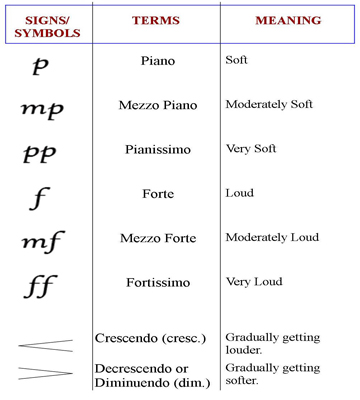
(notice that the keys go up by a 5th clockwise and down by a 5th anticlockwise)
(also, as we go clockwise, we add a sharp, and as we go anticlockwise, we add a flat)
Key signatures:
To remember the order of sharps:
Father Christmas Gave Dave An Electric Blanket
OR:
Father Charles Goes Down And Ends Battle
The advantage to the second one is that it works backwards for flats:
Battle Ends And Down Goes Charles's Father
Feel free to make up your own and put in the comments.
This may or may not help you to figure out how many sharps or flats there are:
For a sharp key, the leading note (7th) is the last sharp in the key signature.
eg. For B Major, A sharp is the last sharp so the key sig. is F, C, G, D and A sharps.
For a flat key, go through the flats until you get to the key note and then go one further.
eg. for A flat Major, the key signature is B flat, E flat, A flat AND D flat.
This link explains it as well.
And below is a reminder of the names of the scale degrees.







